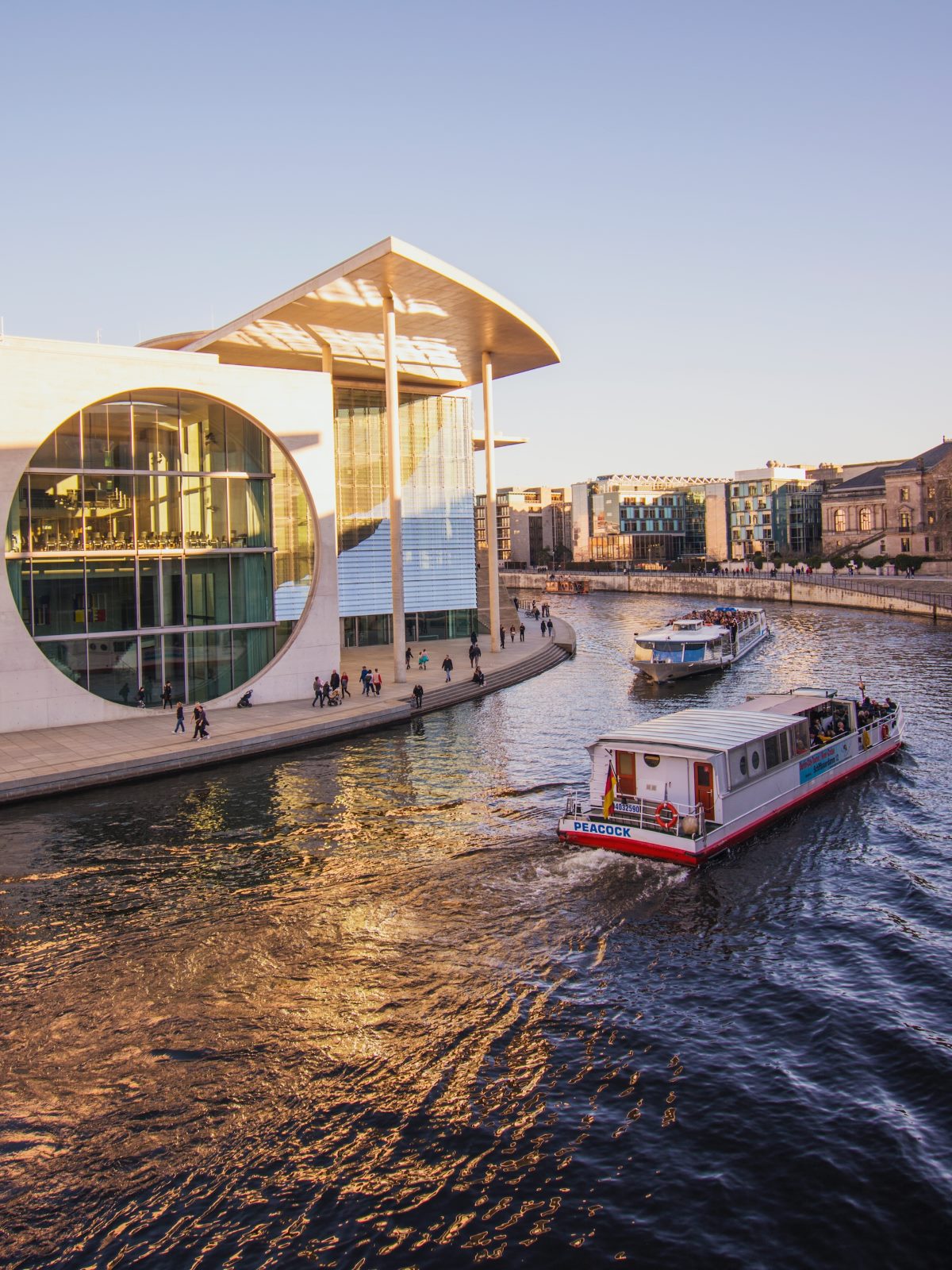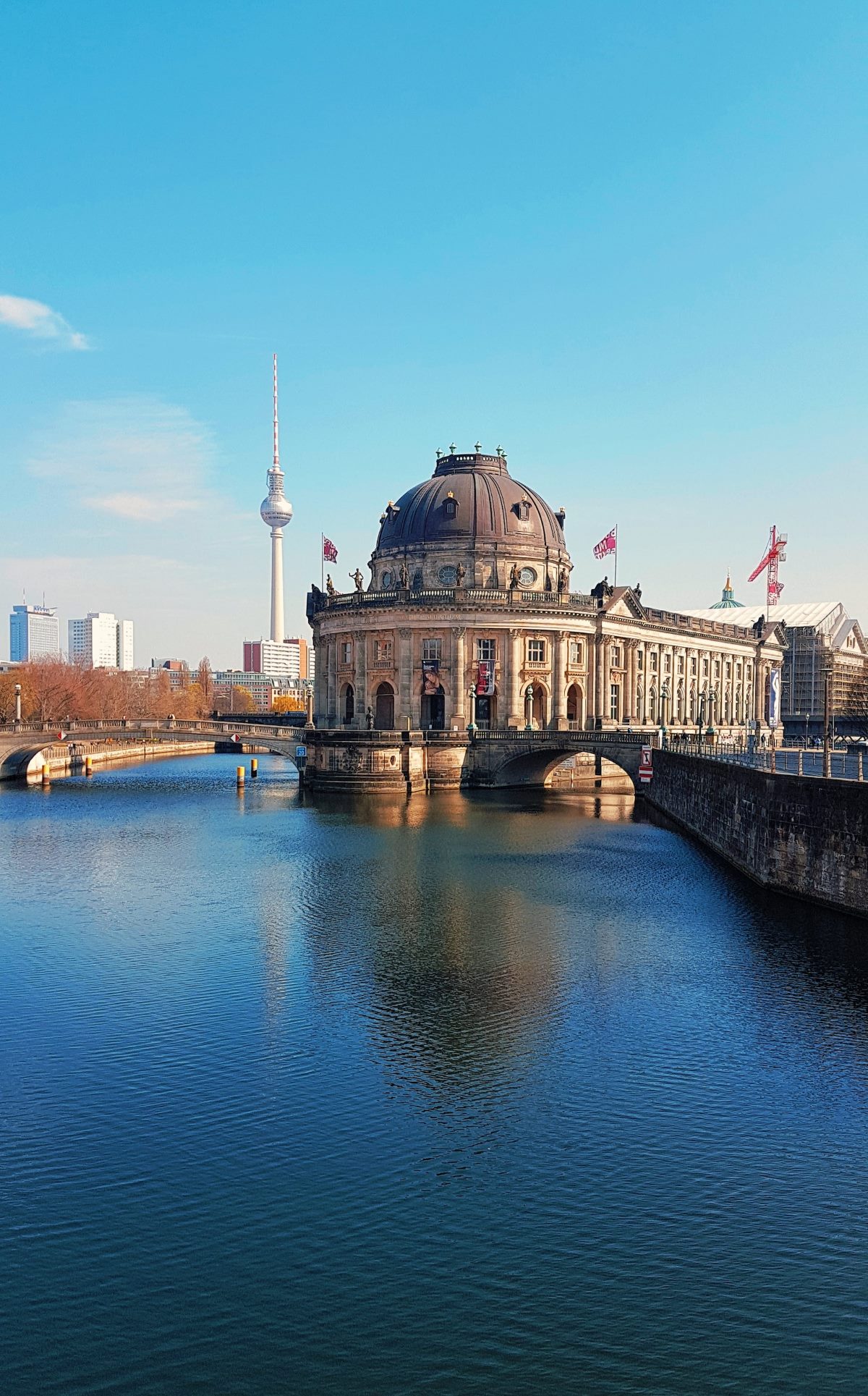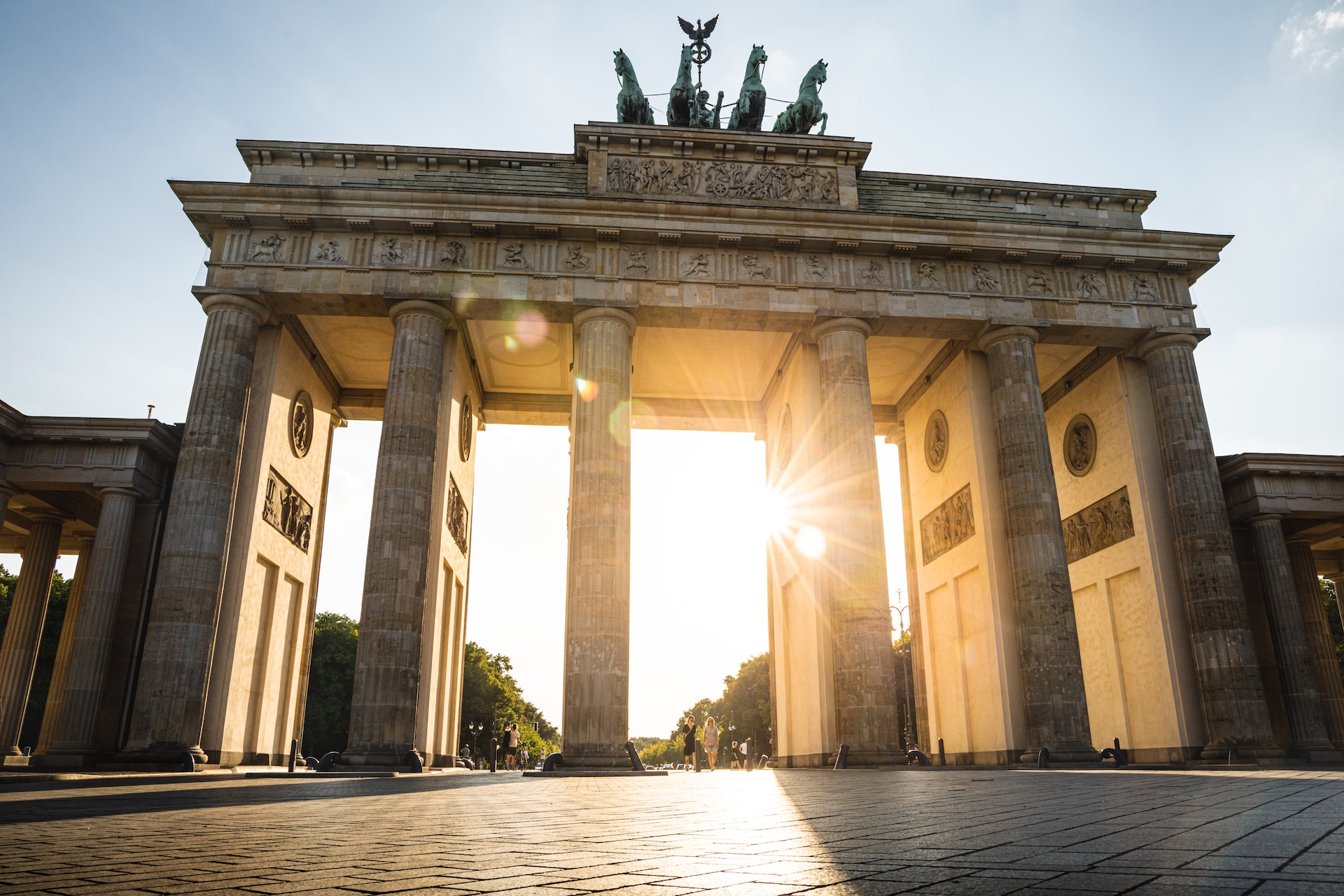The German Democratic Republic under Soviet Union support built the Berlin Wall which physically divided between East Berlin and West Berlin along with East German territory. The original construction date for the Berlin Wall was August 13, 1961 and its existence ended on November 9, 1989 which made it famous as a symbol of the Cold War era.
The Political Background
The USSR required clear explanations about the Berlin Wall because political conflicts in that period fundamentally motivated its construction. Germany received four occupation zones as an aftermath of World War II which the Soviet Union joined with United States and United Kingdom and France controlled. Berlin received the same partitioning as Soviet-occupied territories when all its land fell under Soviet control.
The Federal Republic of Germany (West Germany) together with the Soviet-controlled German Democratic Republic (East Germany) formed in 1949 initiated a rise of tensions between both sides. East Germany suffered from two major problems which were followed by workforce exodus to West Germany that created a severe economic crisis and political instability. The Soviet leadership initiated their response to this situation.
The Justifications
1. “Protection against Western Influence”
The Soviet Union used protection of East German communism against Western capitalist influence as their main reason to build the wall. According to the Soviet position the wall required establishment because it blocked out the threats of Western espionage together with subversive activities and propaganda invasion into socialist territory. The governmental officials believed restricting East-West Berlin border crossing would defend East Germany from Western destabilization while ensuring its ongoing political stability.
2. The Wall served as protective measures against economic dissemination as well as worker exodus.
East Germany constructed the Berlin Wall to prevent intellectual and working professionals from moving to more advantaged conditions in western territories. According to Soviet claims the restriction of mass emigration from East Germany ensured the continued economic stability of the nation. Officials from the socialist state maintained that Western countries worked actively to harm East Germany economically for the purpose of destabilizing the socialist state.
3. “Defending Sovereignty and Security”
The Soviet Union presented sovereignty protection and security requirements for East Germany as a reason to build the barrier. The socialist state faced a permanent security danger that emerged from West Germany with NATO and United States’ political backing. The physical wall served as a border protection system which divided the opposing political beliefs while minimizing military confrontations between them.
The Impact
The physical barrier named the Berlin Wall deeply changed the everyday lives of Germans and the worldwide Cold War politics. Thousands joined the list of separated families as those living under East Germany’s control experienced limited personal liberty since they couldn’t cross to visit loved ones on the other side. The wall established itself as a major representation of East-West division.
The USSR used several explanations to legitimize the Berlin Wall but people across the world perceived it as a form of political control to prevent democratic influence. The restrictive elements of the wall adopted an enduring status as an indicator of repression and proof that the attempts to suppress East German people’s desire for liberty failed.
Conclusion
The Soviet Union established their reasons for the Berlin Wall as a defensive measure to shield East Germany from Western cultural influences along with halting personnel migration and safeguarding their independent political status. The wall became an enduring symbol of both eastern and western isolation which reflected the apparent failure of suppression efforts against human desire for liberty.
Table of Contents




